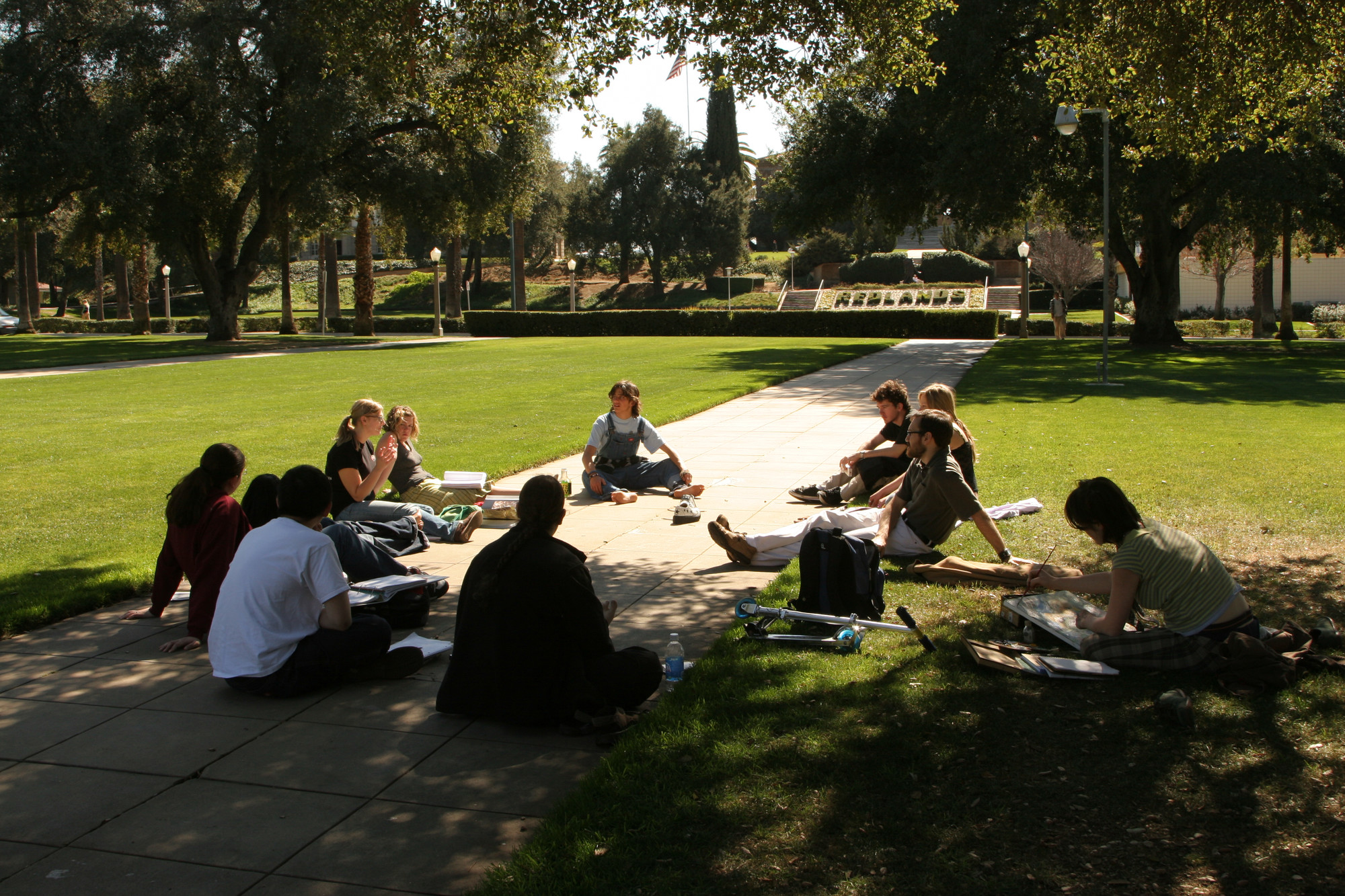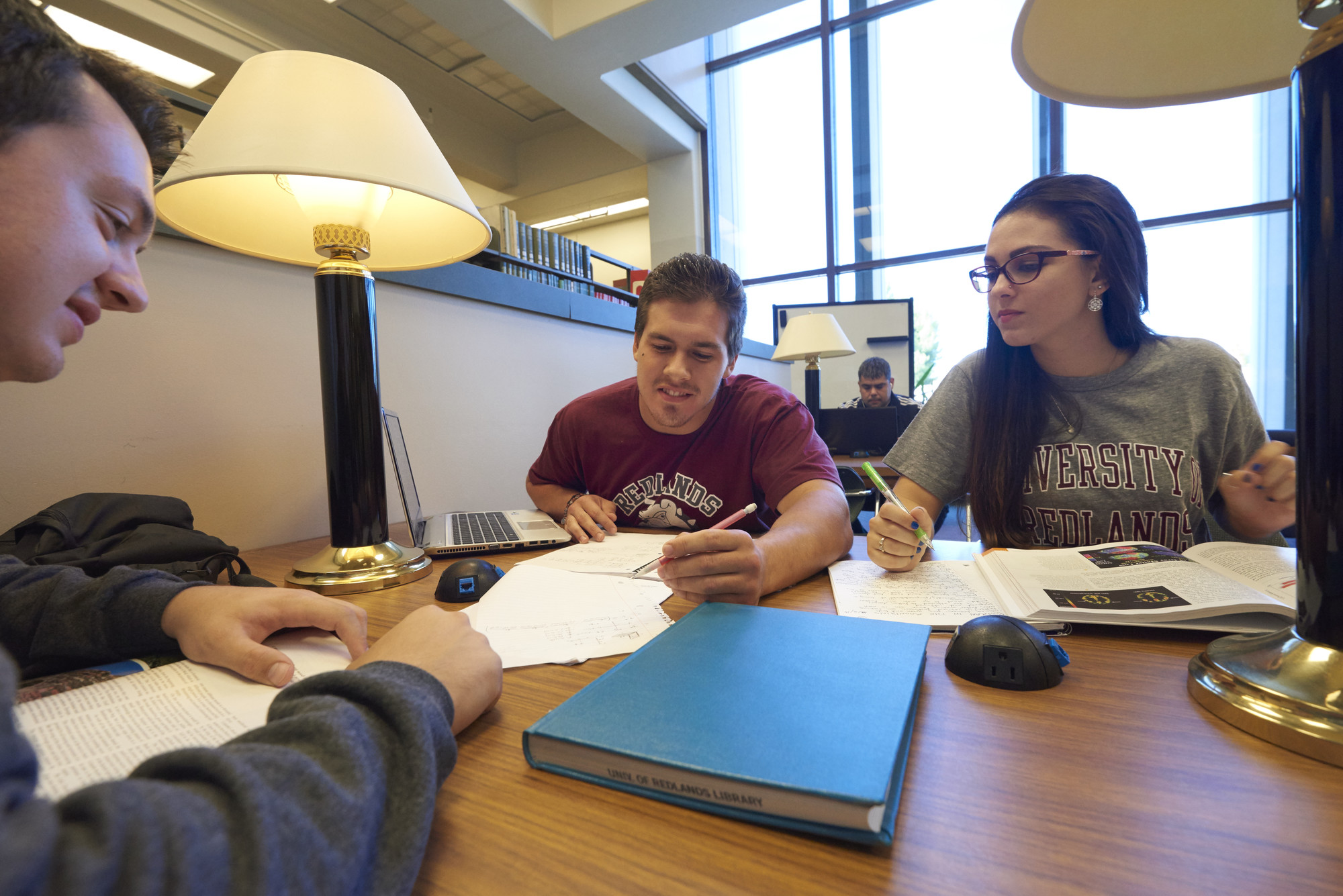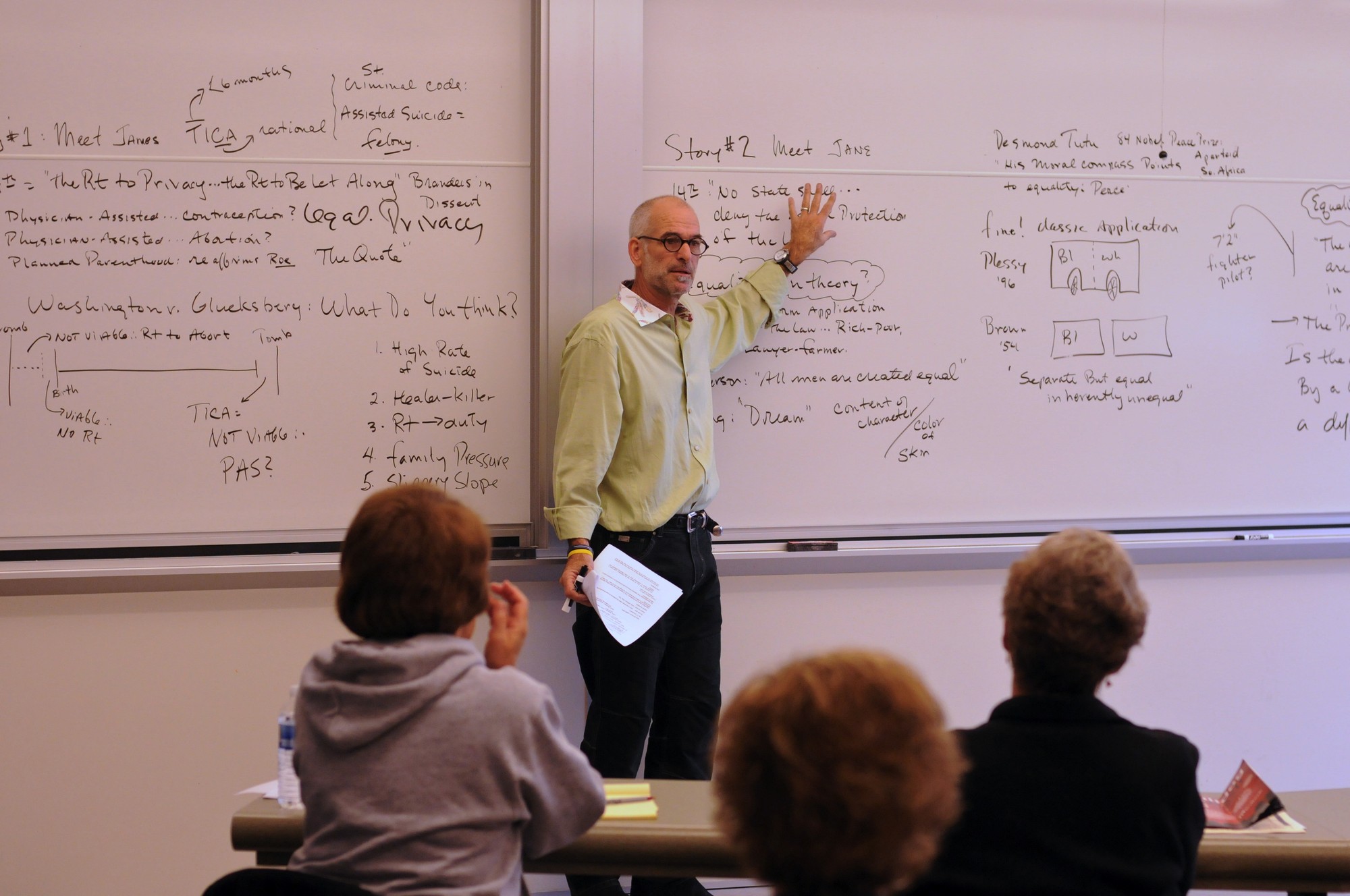University of Redlands Emergency Alert System
Alert Received: . For more information, visit: https://www.redlands.edu/alert/
University of Redlands
In this section you will find pertinent information that our instructional designer can work with instructors to integrate effective and innovative pedagogies and technologies into their curricula. The resources on these pages combine research-based practices, innovative techniques, and hands-on applications to encourage teaching enhancement and professional development. We hope you find these resources helpful to enhance your student's educational experiences.

"Students must do more than just listen: They must read, write, discuss, or be engaged in solving problems. Most important, to be actively involved, students must engage in such higher-order thinking tasks as analysis, synthesis, and evaluation. Within this context, it is proposed that strategies promoting active learning be defined as instructional activities involving students in doing things and thinking about what they are doing."

Collaborative learning is a method of teaching and learning in which students
In order to create an environment in which collaborative learning can take place, three things are necessary. First, students need to feel safe, but also challenged. Second, groups need to be small enough that everyone can contribute. Third, the task students work together on must be clearly defined.

It's effortless to turn on auto-pilot when scaffolding the design of a course. Reviewing the topics assigned to quickly select either text or reading material. Supplementing homework and/or projects to solidify sit and get lectures. Assessments are then embedded whether or not material has been retained adequately.
"All true learning is experience, everything else is just information."
Albert Einstein
Designing a course for student success embraces the fact that students are given the opportunity to own their own learning. The focus should shift to creating opportunities for students to think deeply about the content and engage in authentic practice with feedback along the way rather then simply covering content. One starts by considering what we want students to be able to do by the end of the course and asking yourself what is the essential question I want my students to answer.

The flipped learning classroom model provides opportunities to design, create and deliver courses which use active learning and engagement strategies to facilitate students’ teamwork, problem solving and critical thinking skills in a higher educational environment. This section will also provide answer on how to incorporate meaningful practice and use class time effectively after flipping the class? How to make sure that students prepare before class (a million-dollar question revisited)? Why a flipped class is not just about videos and technology? How to fit the process into a busy professor’s life?